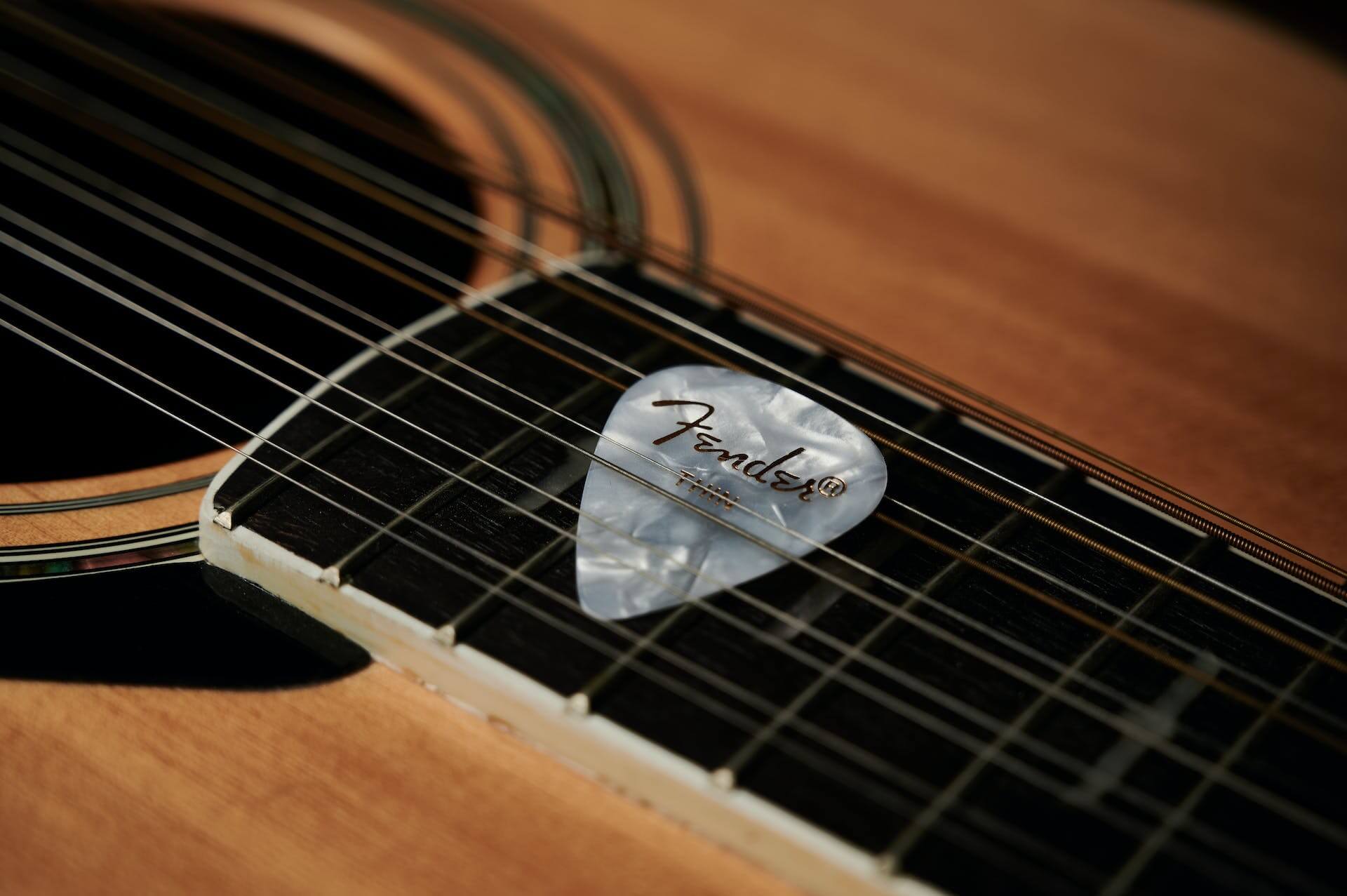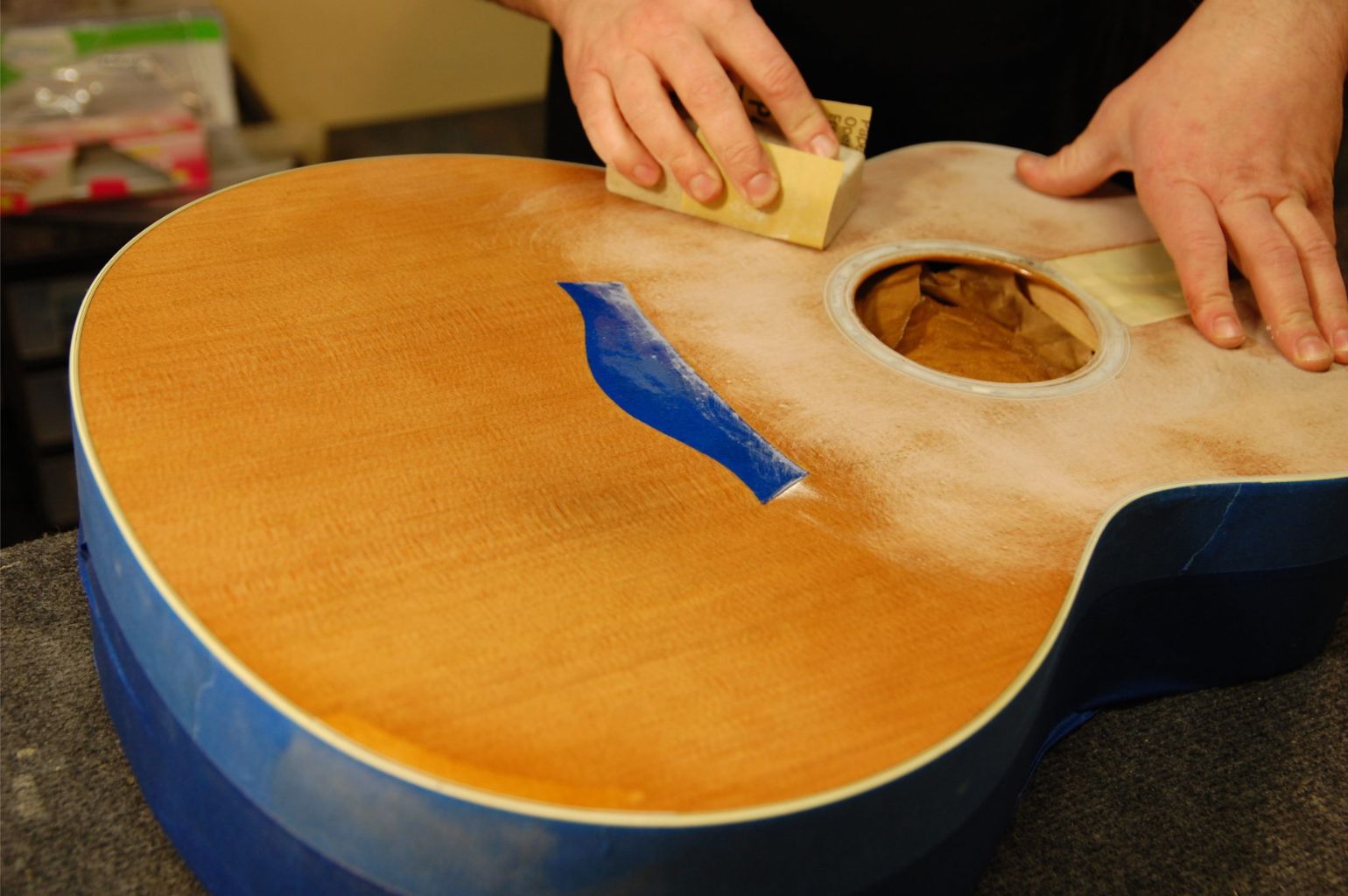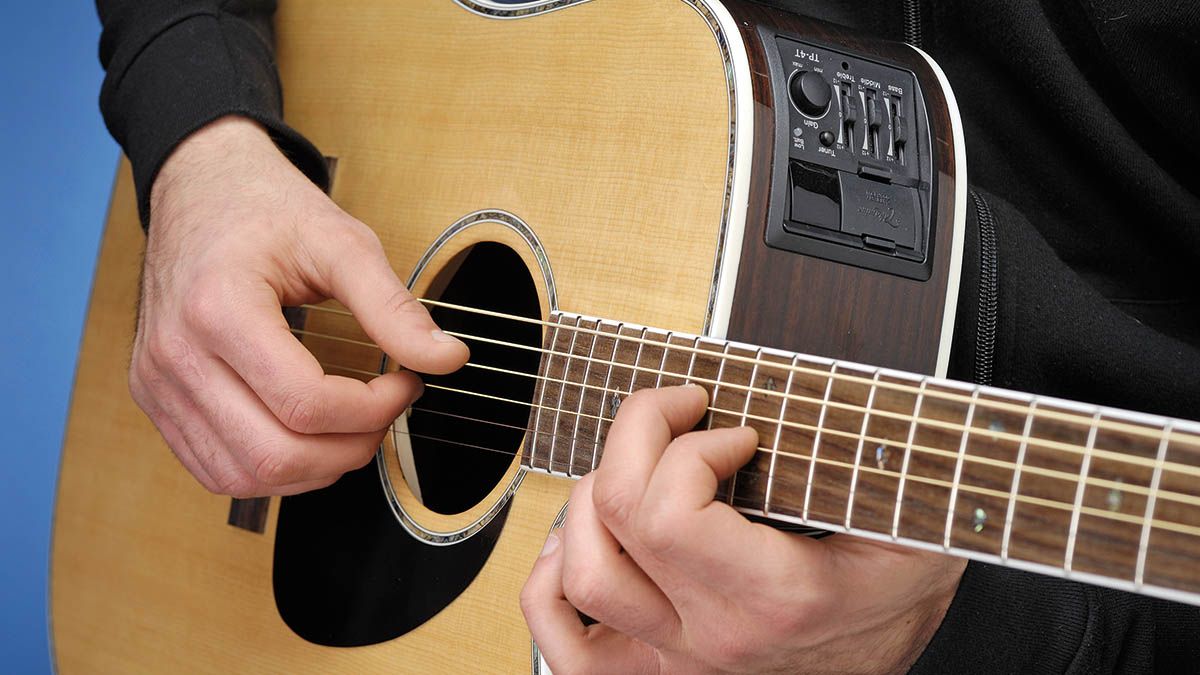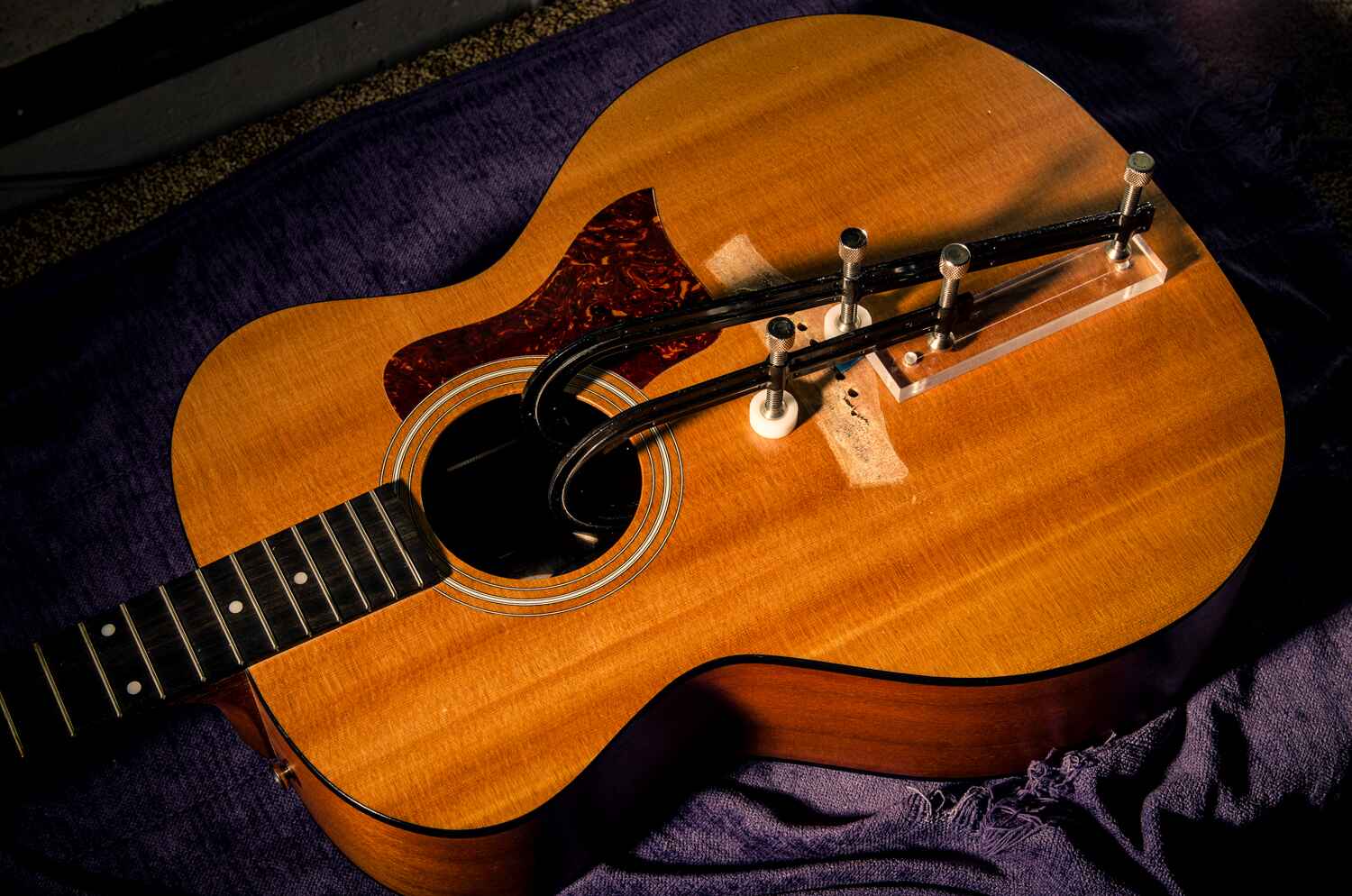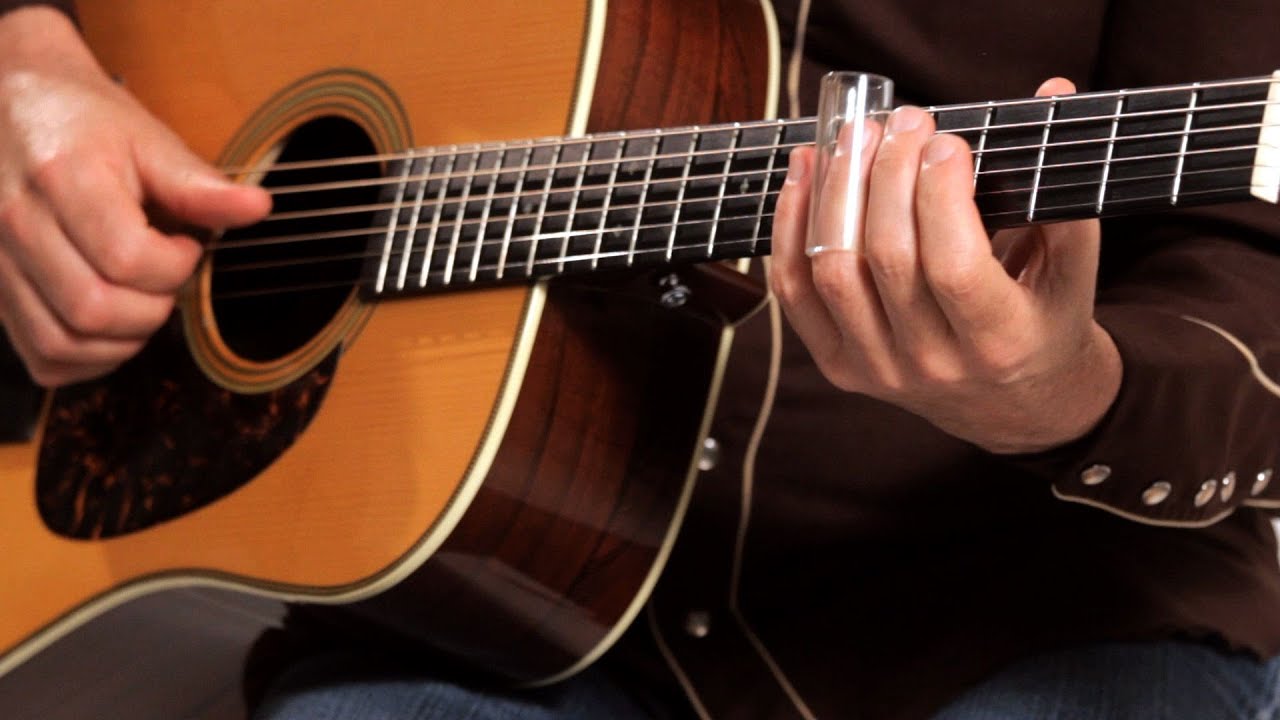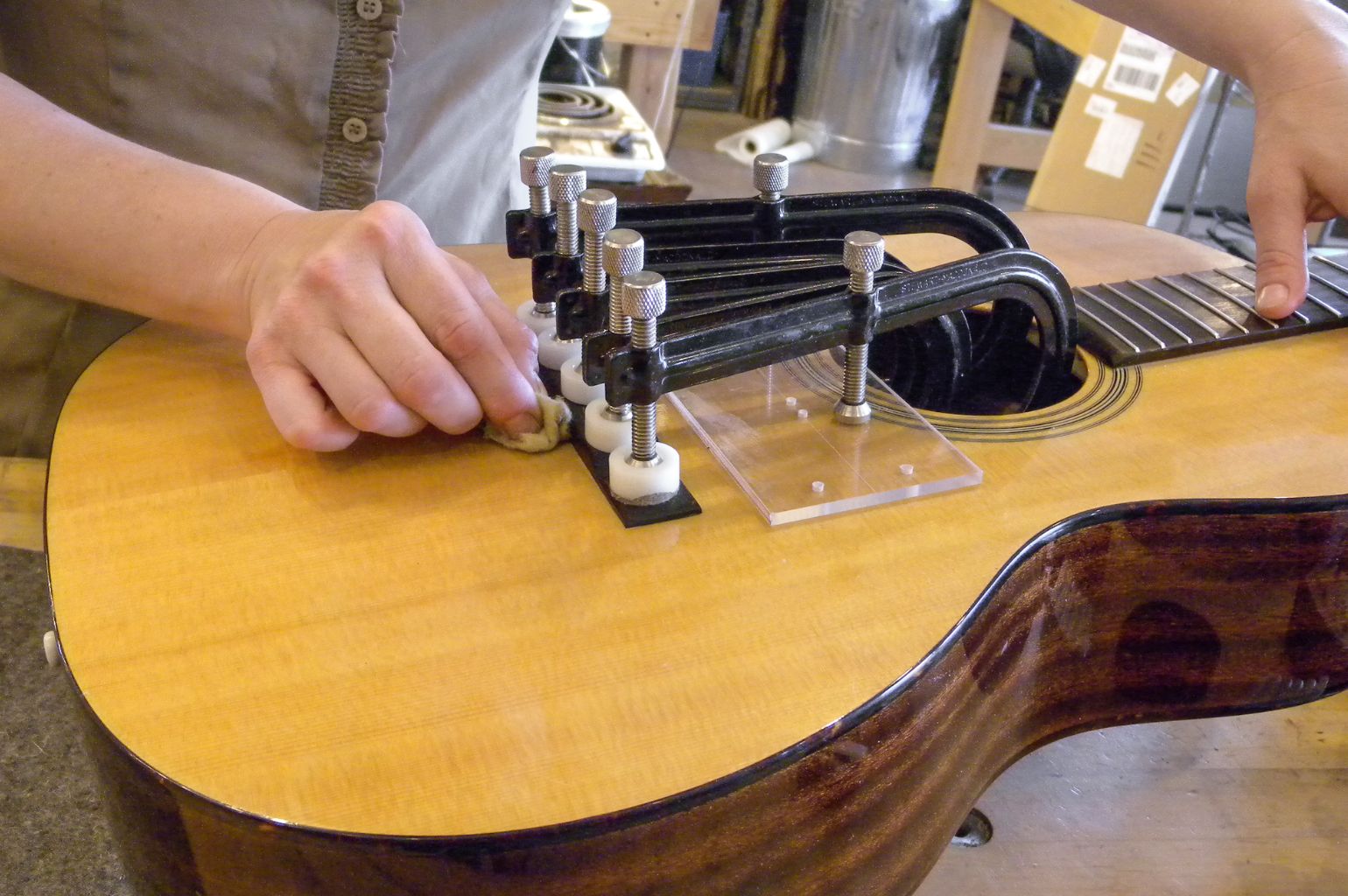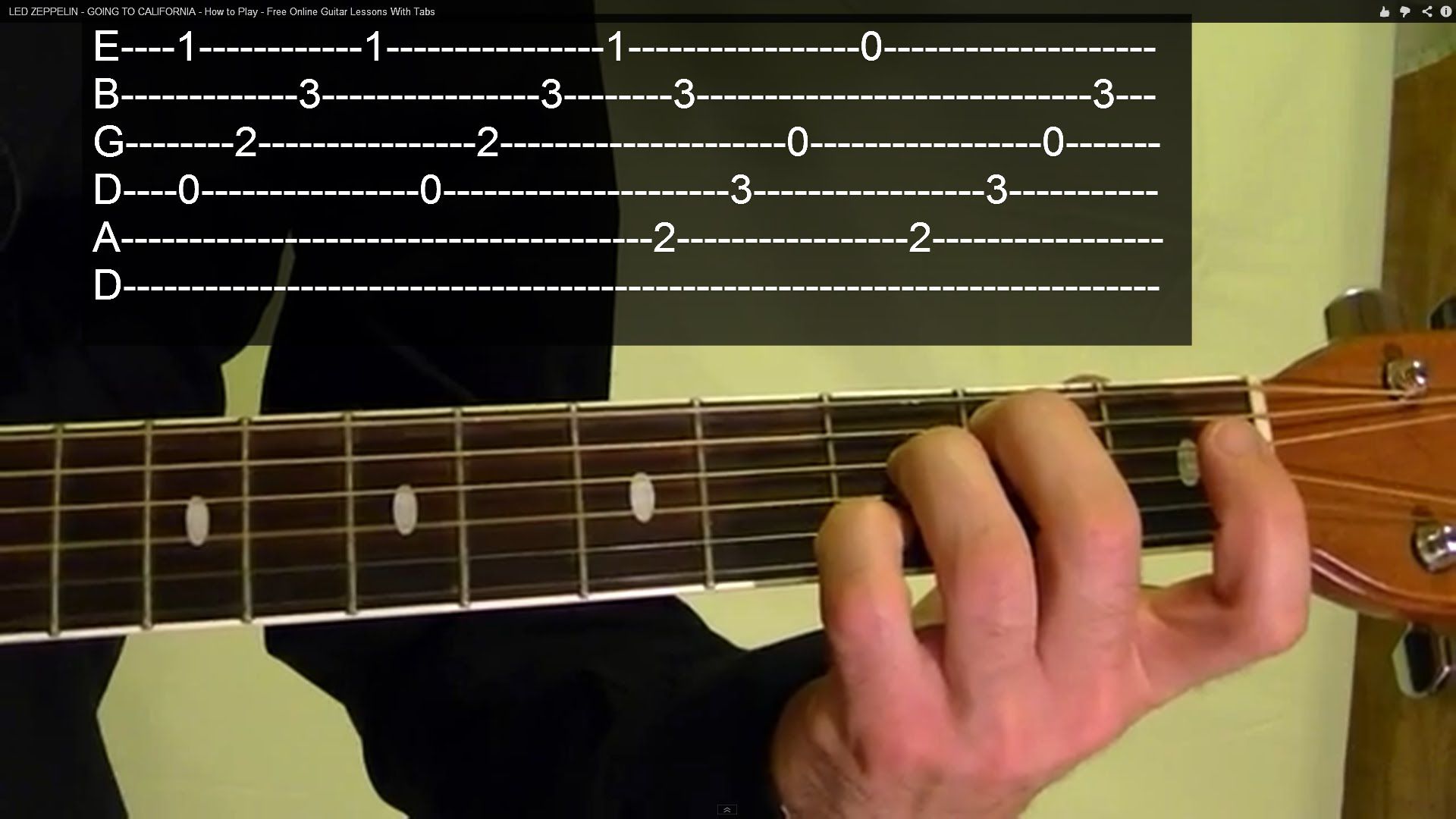Introduction
Welcome to our guide on how to eliminate the scraping sound when sliding your hand on an acoustic guitar. As a guitar player, you want your instrument to produce clear, beautiful tones without any unwanted noises. One common issue that many guitarists encounter is a scraping sound when their hand moves along the neck or fretboard of the guitar. This sound can be frustrating and can affect the overall playing experience. But fear not, because in this article, we will explore the causes of this scraping sound and provide you with practical tips on how to eliminate it.
The scraping sound can occur for various reasons, including improper hand positioning, excessive pressure on the strings, worn-out nut or saddle, dirty fretboard, or even the condition of the strings themselves. By understanding the root causes, you can easily address the issue and restore your guitar’s smooth and flawless playability.
In the following sections, we will delve into the specifics of each potential cause and offer easy-to-follow solutions to help you eliminate the scraping sound. We will discuss proper hand position and technique, adjusting pressure, nut and saddle maintenance, string care and replacement, fretboard conditioning, cleaning the guitar, and taking care of your hands. By implementing these tips, you will be able to enjoy a seamless playing experience, free from unwanted scraping sounds.
Understanding the Scraping Sound
Before we dive into the solutions, it’s essential to understand why the scraping sound occurs in the first place. When you slide your hand along the neck or fretboard of your acoustic guitar, the scraping sound is usually the result of friction between your skin and the guitar’s strings, nut, or frets.
The scraping sound can be more prominent on an acoustic guitar compared to an electric one due to the nature of the instrument. Acoustic guitars generally have higher action (the distance between the strings and the fretboard), which means that the strings are higher off the frets. This distance allows room for the vibrations to resonate and produce their distinctive sound. However, it also means that when your hand slides, there’s a higher chance of friction and hence, the scraping sound.
Another factor that contributes to the scraping sound is the material composition of the strings, nut, and frets. Different materials have varying degrees of friction when in contact with your skin. For instance, nickel-plated steel strings tend to produce less scraping sound compared to bronze-wound strings. Additionally, the condition of the frets and the nut can affect the smoothness of your hand’s movement, leading to more or less scraping noise.
It’s worth noting that some degree of scraping sound is natural and unavoidable, especially if you’re playing slides or performing techniques that intentionally involve sliding your hand along the neck. However, if the scraping sound is excessive or distracting, it’s time to address the issue and make adjustments to ensure a more enjoyable playing experience.
Now that we have a better understanding of why the scraping sound occurs, let’s explore some practical solutions to eliminate or minimize this unwanted noise. By following the tips in the upcoming sections, you’ll be able to achieve smoother hand movements and enjoy a cleaner sound while playing your acoustic guitar.
Reasons for the Scraping Sound
To address the scraping sound when sliding your hand on an acoustic guitar, it’s crucial to identify the specific reasons behind this issue. Understanding the causes will help you make targeted adjustments to eliminate or minimize the unwanted noise. Here are some common reasons for the scraping sound:
- Improper hand position: Your hand position plays a significant role in producing a clean and smooth sound. If your hand is too flat or at an awkward angle, your fingers may unintentionally brush against the strings, resulting in a scraping sound.
- Excessive pressure: Applying too much pressure on the strings can cause them to press against the frets or the nut, leading to friction and subsequently, the scraping sound. It’s essential to find the right balance of pressure to achieve clear notes without unnecessary noise.
- Worn-out nut or saddle: The nut and saddle of your acoustic guitar are responsible for maintaining proper string height and spacing. Over time, these components can wear out or become uneven, which can contribute to a scraping sound when your hand slides along the strings.
- Dirty fretboard: A dirty fretboard can create additional friction when your hand moves across it. Accumulated dirt, grime, or residues from string lubricants can cause a scraping sound. Regular cleaning and maintenance of the fretboard can help reduce this issue.
- String condition: Old, worn-out strings can produce more friction and contribute to the scraping sound. It’s important to regularly inspect your strings for signs of wear and replace them when necessary.
By identifying the specific reasons for the scraping sound, you can take appropriate measures to address each factor and achieve a smoother, quieter playing experience on your acoustic guitar. In the following sections, we will explore various techniques and maintenance tips to help you eliminate or minimize the scraping sound caused by these factors.
Proper Hand Position and Technique
Having the right hand position and technique is crucial for producing a clean sound and minimizing the scraping noise. Follow these tips to ensure proper hand positioning:
- Avoid flat hand position: When sliding your hand on the guitar, make sure your hand is not completely flat against the strings. This can increase the chances of your fingers brushing against the strings and causing a scraping sound. Instead, angle your hand slightly to maintain a curved shape.
- Keep your fingers arched: When pressing down on the frets, ensure that your fingers are arched and the fingertips are making proper contact with the strings. Flat or fleshy parts of the fingers can unintentionally touch the neighboring strings and produce unwanted noise.
- Relax your hand and fingers: Tension in your hand and fingers can lead to a lack of control, causing more scraping noise. Practice relaxing your hand and fingers while playing, allowing for smoother and more precise movements.
- Use the pads of your fingers: Instead of using the fleshy part of your finger, press down on the strings with the pads of your fingers. This will help reduce the surface area in contact with the strings, minimizing the scraping sound.
In addition to the hand position, consider the following technique tips to further reduce the scraping sound:
- Practice controlled slides: Sliding your hand in a controlled manner from one note to another can help minimize the scraping noise. Focus on smooth and deliberate movements rather than rushing through the slide.
- Lift your fingers when necessary: If you’re sliding from one fret to another without lifting your fingers, there’s a higher chance of causing scraping noise. Lift your fingers slightly when transitioning between notes to avoid unintentional string contact.
- Experiment with finger placement: Adjusting the position of your finger on the string can sometimes make a difference in reducing scraping noise. Explore different finger placements to find the sweet spot that produces a cleaner sound.
By paying attention to your hand position and technique, you can significantly reduce the scraping sound when sliding your hand on the acoustic guitar. Practicing these tips regularly will help develop muscle memory and improve your overall control and precision while playing.
Adjusting the Pressure
The pressure you apply to the strings while playing the acoustic guitar can greatly affect the production of the scraping sound. By adjusting the pressure, you can minimize or even eliminate the unwanted noise. Here are some tips on how to adjust the pressure for a cleaner sound:
- Find the balance: It’s important to find the right balance of pressure when fretting the strings. Pressing down too hard can cause the strings to come into contact with the frets, resulting in scraping noise. On the other hand, applying too little pressure can lead to a muted or buzzing sound. Take the time to experiment and find the optimal pressure that produces a clear and resonant tone without scraping noise.
- Relax your grip: Many guitarists tend to grip the fretboard tightly, especially when playing challenging chords or fast-paced passages. However, excessive tension can create unnecessary noise. Practice relaxing your grip while maintaining control and stability. This will help reduce the scraping sound caused by excessive pressure.
- Focus on precision: Instead of using brute force, focus on precise finger placement and accuracy. By placing your fingers in the optimal position on the frets, you can apply just enough pressure to produce the desired note without causing any scraping noise.
- Pay attention to open strings: When playing open chords or strumming open strings, be mindful of the pressure you exert on the strings. Lightly touch or mute the unused strings to prevent them from creating unwanted noise and interfering with the clarity of the notes you’re playing.
Remember, adjusting the pressure is a delicate balance. It may require some experimentation to find the sweet spot for your playing style and the specific demands of each song or technique. Developing a light touch and precision in your fretting hand will not only help reduce the scraping sound but also enhance your overall playing ability and versatility.
Nut and Saddle Maintenance
The nut and saddle of an acoustic guitar play a significant role in maintaining proper string height and spacing. If these components are worn out or uneven, they can contribute to the scraping sound when sliding your hand on the guitar. Here are some tips for maintaining the nut and saddle:
- Inspect for wear: Regularly inspect the nut and saddle for signs of wear, such as excessive grooves or uneven surfaces. If you notice any issues, it may be time to replace them. Consult a professional guitar technician for guidance or if you are unsure about replacing these components yourself.
- Check for proper height: The strings should be adequately elevated above the fretboard at the nut and saddle. If they are too low, they may come into contact with the frets, causing scraping noise. If they are too high, it may require excessive pressure to fret the notes. A properly leveled nut and saddle will help reduce unwanted noise.
- Use lubricants: Applying a small amount of graphite or lubricant to the slots in the nut can reduce friction and prevent the strings from getting stuck. This can help minimize the scraping sound caused by string movement in the nut slots.
- Consider upgrading to a higher quality nut and saddle: If you’re experiencing persistent scraping noise and have ruled out other causes, upgrading to a higher quality nut and saddle may be worth considering. Materials such as bone or synthetic bone can offer better string vibration transfer and reduce friction.
Maintaining the nut and saddle of your acoustic guitar is essential for improving playability and reducing unwanted noise. Regular inspections and necessary replacements or adjustments will help ensure optimal performance and minimize the scraping sound caused by these components.
String Care and Replacement
The condition of your guitar strings can have a significant impact on the scraping sound when playing. Worn-out or dirty strings can create excess friction, leading to unwanted noise. Here are some tips for proper string care and replacement:
- Clean your strings regularly: Regularly cleaning your strings can help prolong their lifespan and maintain their brightness. After each playing session, use a clean cloth to wipe down the strings, removing any dirt, sweat, or oils that may have accumulated.
- Use string lubricant: Applying a small amount of string lubricant can help reduce friction and prevent the strings from sticking to your fingers or the fretboard. This can contribute to smoother hand movements and reduce the scraping sound.
- Replace worn-out strings: Over time, guitar strings lose their brightness, elasticity, and tonal quality. If you notice significant wear, discoloration, or if the strings have been on your guitar for an extended period, it’s time to replace them. Changing to fresh strings can greatly reduce the scraping sound and improve the overall sound of your acoustic guitar.
- Experiment with different string materials: Different string materials can produce varying levels of scraping noise. Experiment with different types and gauges of strings to find the ones that are most comfortable for your playing style and produce minimal noise.
Remember to follow the manufacturer’s instructions or consult a professional when changing your guitar strings. Proper string care and regular replacement will not only improve the sound quality but also contribute to a more enjoyable and comfortable playing experience with reduced scraping noise.
Fretboard Conditioning
The condition of your fretboard can greatly impact the scraping sound when playing your acoustic guitar. Regular maintenance and conditioning will not only enhance the playability but also reduce unwanted noise. Here are some tips for fretboard conditioning:
- Clean the fretboard: Use a soft, dry cloth or a fretboard cleaner specifically designed for your type of wood to remove dirt, grime, and built-up residue. This will help reduce friction and the likelihood of scraping noise.
- Condition the wood: Depending on the type of wood your fretboard is made of, consider using an appropriate fretboard conditioner or oil to keep the wood hydrated and prevent it from drying out. This can help maintain the smoothness of your hand’s movements and reduce friction.
- Apply lemon oil (for certain woods): Lemon oil is commonly used to condition fretboards made of rosewood or other similar woods. It helps moisturize the wood and prevent it from drying out, reducing the scraping sound.
- Wipe off excess conditioner: After applying a fretboard conditioner or oil, make sure to wipe off any excess product to prevent it from building up and attracting dirt.
By regularly cleaning and conditioning your fretboard, you can maintain its optimal condition and minimize the scraping sound when sliding your hand along the neck. Be sure to follow the manufacturer’s instructions and consider seeking professional advice if you are unsure about the specific care requirements for your guitar’s fretboard.
Cleaning the Guitar
Maintaining a clean guitar not only enhances its appearance but also improves its overall performance and reduces the potential for scraping sounds. Regular cleaning helps remove dirt, grime, and built-up residue, which can contribute to unwanted friction and noise. Here are some tips for effectively cleaning your acoustic guitar:
- Use a soft, lint-free cloth: Start by gently wiping the body, neck, and headstock of your guitar with a soft cloth. This will help remove any dust or smudges that may have accumulated.
- Avoid harsh chemicals: Refrain from using household cleaners or abrasive substances, as they can damage the guitar’s finish. Instead, opt for guitar-specific cleaning solutions that are safe for various types of guitar finishes.
- Pay attention to metal hardware: Take extra care when cleaning the metal hardware such as the bridge, tuners, and knobs. Use a clean cloth to remove any dirt or grime that may have accumulated on these parts.
- Check for residue around frets: Inspect the frets for any residue that may have built up from finger oils or sweat. Gently clean the frets using a specialized fretboard cleaner and a small brush or cloth.
- Don’t forget the strings: After you finish cleaning the body and fretboard, wipe down the strings thoroughly with a clean cloth to remove any dirt or oils that may have collected on them. This will help maintain their lifespan and reduce the scraping sound caused by friction.
Regularly cleaning your guitar not only helps maintain its visual appeal but also promotes smoother hand movements and reduces the potential for scraping sounds. Implementing these cleaning practices as part of your regular guitar maintenance routine will contribute to a more enjoyable playing experience.
Taking Care of Your Hands
In addition to the guitar itself, it’s important to take care of your hands to minimize the scraping sound when playing. Proper hand care can help reduce friction, prevent unnecessary noise, and improve your overall playing experience. Here are some tips for taking care of your hands:
- Keep your hands clean: Wash your hands before playing the guitar to remove any dirt, oils, or residues that may affect your grip and create friction. Dry your hands thoroughly to prevent excess moisture that can cause sticking to the strings or fretboard.
- Moisturize your hands: Dry hands can lead to increased friction, so it’s important to keep your hands moisturized. Use hand lotion or moisturizer to maintain the proper balance of moisture in your skin. However, avoid applying excessive amounts that could make your fingers slippery.
- Trim your fingernails: Long fingernails can cause unintentional string contact and contribute to scratching and scraping sounds. Keep your fingernails trimmed short or at a length that allows for precise finger placement without interfering with the strings.
- Exercise your fingers: Regular finger exercises or warm-up routines can help improve finger strength and dexterity. This can contribute to more controlled movements and reduce unintentional scraping noise.
- Avoid excessive force: Applying excessive force and tension to the fretboard can not only hinder your playing but also create unnecessary noise. Focus on using the minimum amount of force necessary to produce clear notes and avoid pressing down too hard on the strings.
By taking care of your hands, you can minimize the scraping sound when playing the acoustic guitar. Incorporate these hand care practices into your routine to ensure smoother and more enjoyable playing sessions.
Conclusion
Eliminating the scraping sound when sliding your hand on an acoustic guitar is essential for achieving a clean and enjoyable playing experience. By understanding the causes and implementing practical solutions, you can minimize or even eliminate this unwanted noise. In this guide, we explored various factors that can contribute to the scraping sound, such as improper hand position, excessive pressure, worn-out components, dirty fretboards, and old strings.
To address these issues, we provided tips on proper hand position and technique, adjusting the pressure, nut and saddle maintenance, string care and replacement, fretboard conditioning, cleaning the guitar, and taking care of your hands. By following these recommendations, you can reduce friction, improve playability, and produce a smoother sound on your acoustic guitar.
Remember, each guitarist may have specific preferences and playing styles, so it’s important to experiment and find what works best for you. Regular maintenance, cleaning, and proper hand care are key to keep your guitar in optimal condition and minimize the scraping sound.
With practice and patience, you’ll develop a better understanding of your instrument and be able to produce clear, beautiful tones without the interference of scraping noise. Take the time to apply these techniques, and let the full potential of your acoustic guitar shine through.









